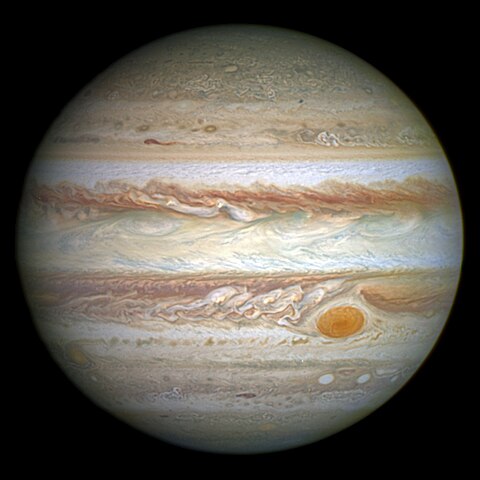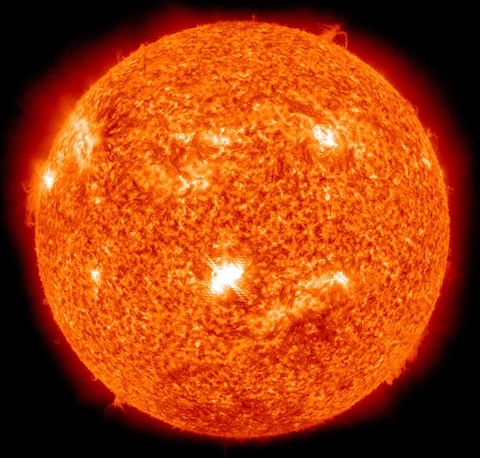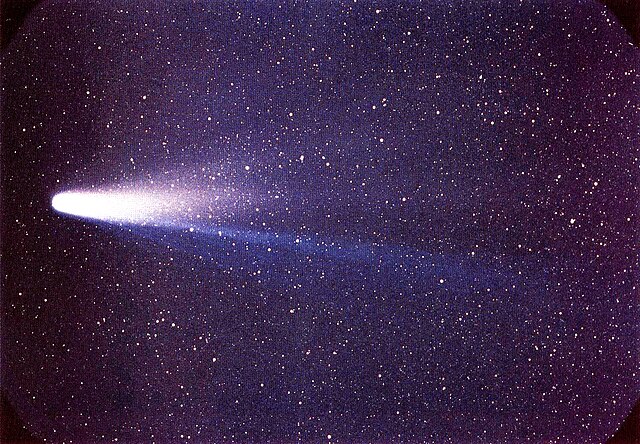1 day / second
0.5 AU
Ulysses
Spacecraft
A joint ESA/NASA solar observation mission that operated from 1990-2009, using Jupiter's gravity to enter a unique polar orbit around the Sun to study its magnetic field, solar wind, and cosmic rays from a never-before-seen perspective.
Key Facts
organization | ESA |
orbital regimes | Inner System Outer System |
learn more | Wikipedia |
launched | 1990-10-06 |
defunct | 2009-06-30 |
launch mass | 371 kg |
power | 285 watts |
Mission Timeline
Launched
October 6, 1990 at 11:47 UTC
Jupiter
Gravity Assist
Ulysses used Jupiter's immense gravitational field in February 1992 to slingshot into a unique polar orbit around the Sun, allowing it to study the solar wind and magnetic fields from a new perspective.
Sol (The Sun)
Flyby
Ulysses became the first spacecraft to study the Sun's polar regions during its solar flybys in 1994 and 1995, reaching latitudes of up to 80 degrees above and below the solar equator.
Defunct
June 30, 2009 at 00:00 UTC
After nearly 19 years of studying the Sun's poles and heliosphere from its unique out-of-ecliptic orbit, Ulysses transmitted its final data before being shut down on June 30, 2009, when its declining power supply could no longer support its communications and thermal systems.













